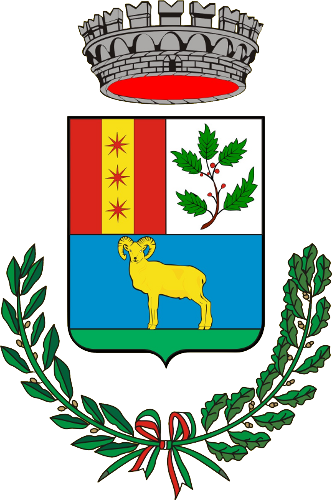Desulo is a town of 2470 inhabitants in the heart of the Gennargentu, perched at about 1,000 meters on the western slope of the mountain massif. It is the only alpine village in Sardinia: its territory is 90 percent mountainous.
The etymological meaning of the name is not certain. The place name – ‘Esulu in the local variant of Sardinian – is probably of pre-Roman origin. According to scholars, the name would derive from the Phoenician desce, grass, pasture, and thus ‘suitable place for grazing,’ or from the Nuragic idiom, persistent in toponymy, esulue, ‘sunny place sheltered from the wind.’
Inhabited since pre-Nuragic times, Desulese territory contains many domus de Janas and the archaeological area of the Nuragic age of Sa Sedda ‘e Sena, better known as Sa Tanchitta. It is also possible to visit Ura ‘e Sole, the highest placed nuraghe in Sardinia, at 1331 m, at the top of Mount Bruncu Nurage.
Of particular value is the old Church of Sant’Antonio Abate, built in the 15th century in late Gothic style, which has been in disuse for several decades due to hydrogeological instability and is currently undergoing architectural and functional recovery. Wooden works from the 16th century are visible in the Churches of the Holy Cross and Carmel. The monumental cemetery of Ovolaccio is also worth visiting.
Agro-sylvo-pastoral activities have connoted the history, development and life of the village. They were based on transhumant pastoralism and itinerant trade.
Thanks to a remarkable entrepreneurial spirit, many transhumant shepherds and itinerant traders from Desulse settled in the plains and places of periodic work: especially in Campidano and Iglesiente, buying land and managing various activities.
Currently, the town, having overcome its historical isolation, is acquiring an increasing tourist vocation.
Desulo is famous for the particular beauty of its traditional dress, made of orbace or red wool, richly embroidered with polychrome silk threads, varying from yellow to green, blue to pink, and red, in geometric and floral patterns. The symbol of the village is su cuguddu, the colorful and finely embroidered female headdress.
Desulans proudly use their precious clothes, during religious and civic events, public or private.
The most important religious festivals are the feast of the patron saint, St. Anthony Abbot, which is celebrated on January 17 and the first Sunday in June; the feast of St. Sebastian, which is celebrated on January 20 and the first Sunday in July; the rites of Holy Week; Corpus Christi; the feast of Our Lady of the Snow, which is celebrated on August 5; and the feast of St. Basil, which is celebrated on the third Sunday in September.
Montagna Produce has been one of Desulo’s most important and most visible events for more than 20 years. For the past few years the event has been included as a stage in the rich program of Autunno in Barbagia.



